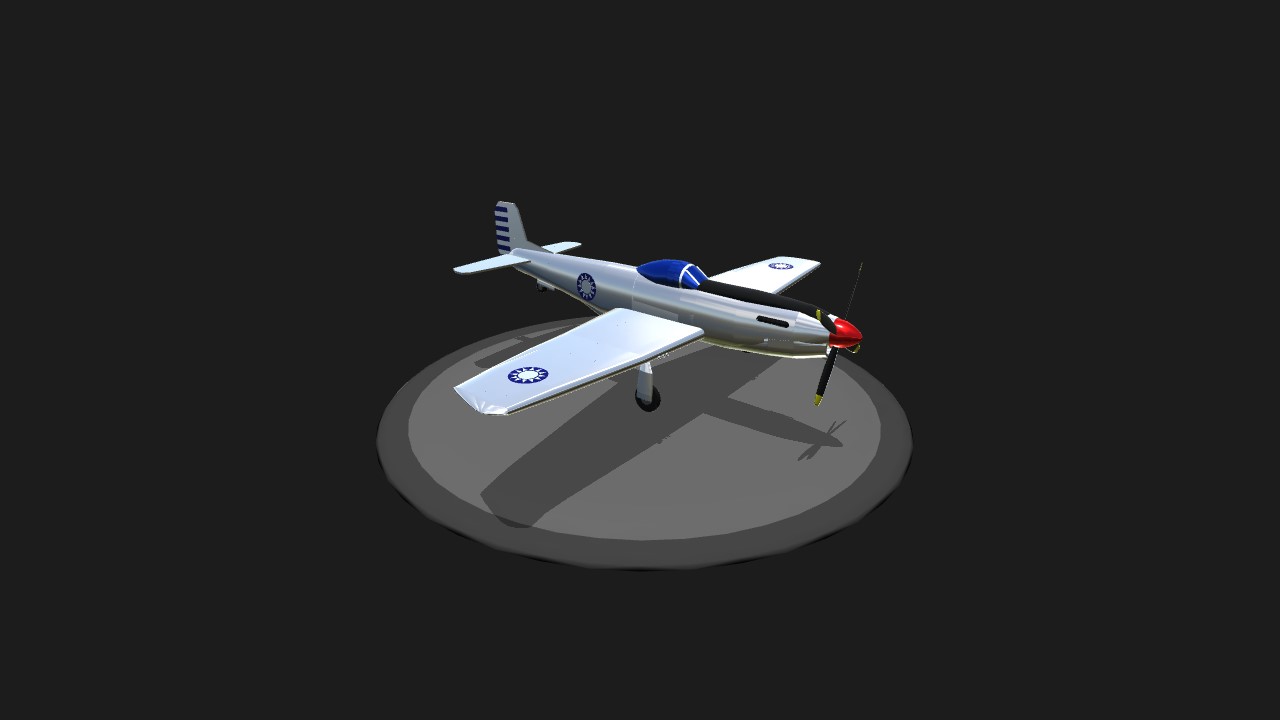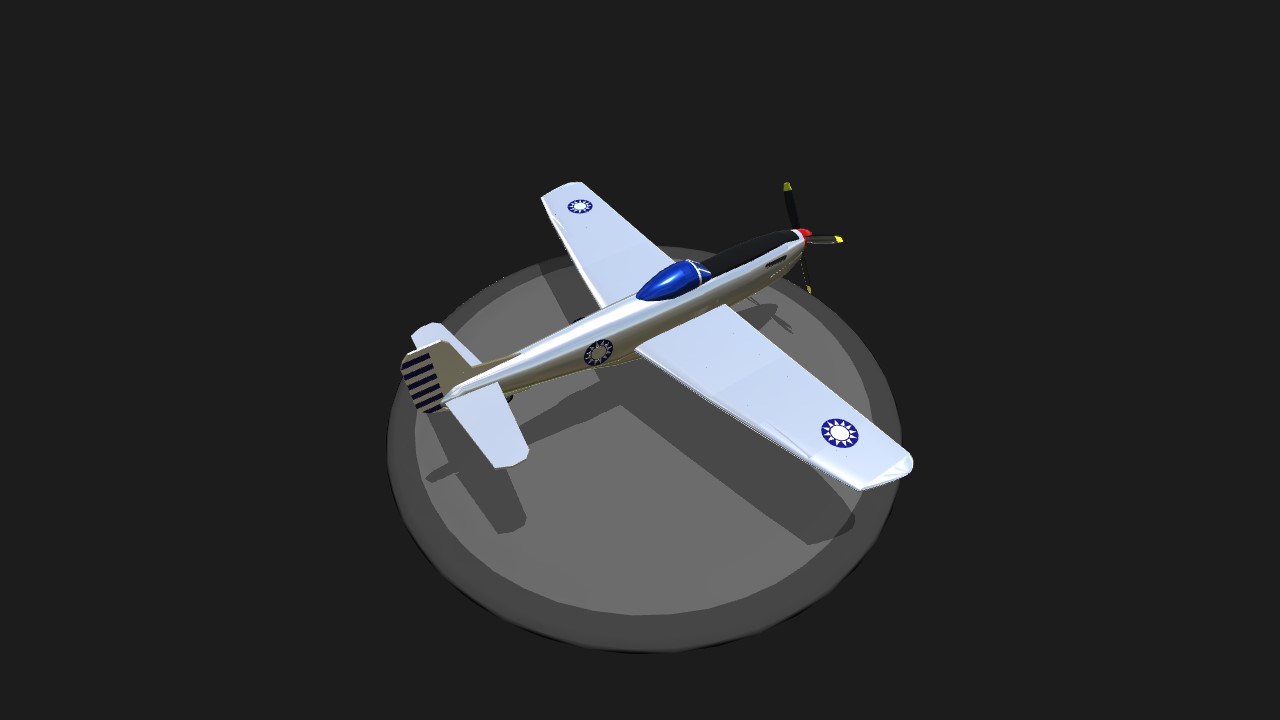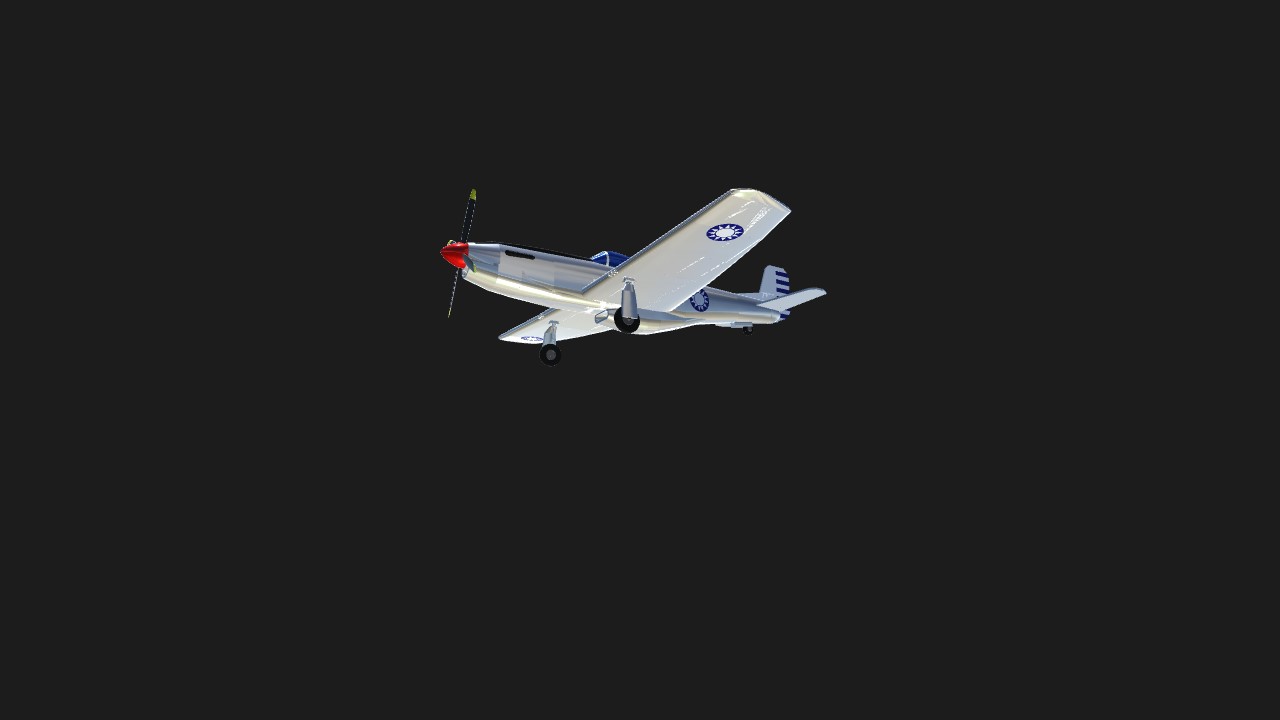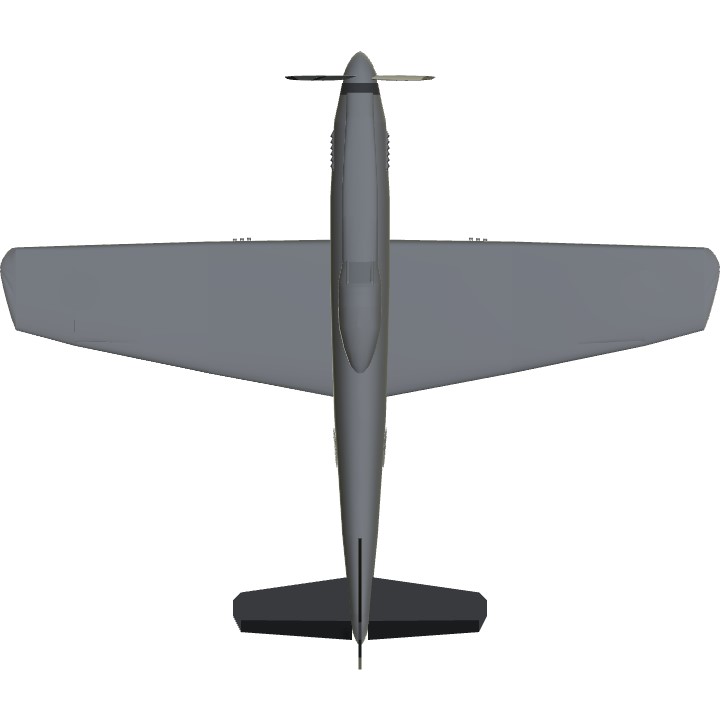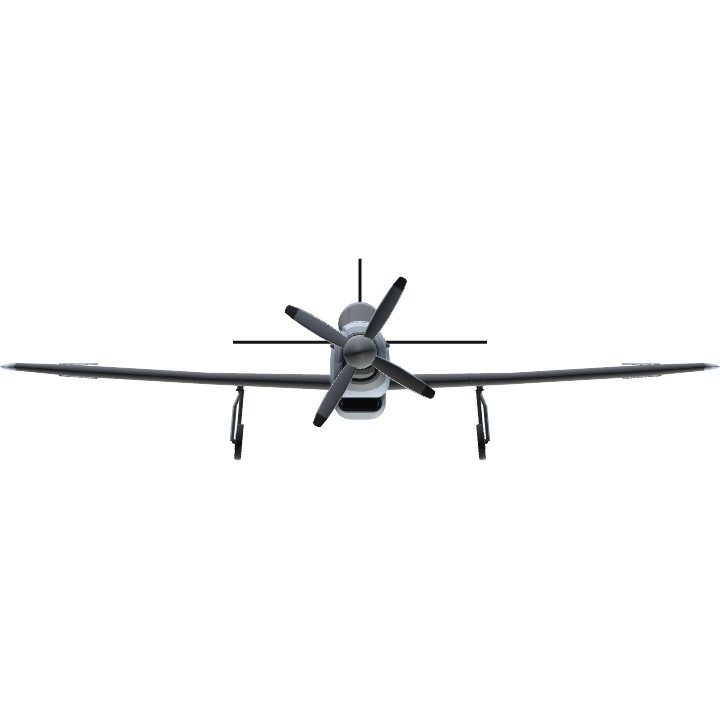In early 1945, P-51C, D, and K variants also joined the Chinese Nationalist Air Force. These Mustangs were provided to the 3rd, 4th, and 5th Fighter Groups and used to attack Japanese targets in occupied areas of China. The P-51 became the most capable fighter in China, while the Imperial Japanese Army Air Force used the Nakajima Ki-84 Hayate against it.
The P-51 was a relative latecomer to the Pacific Theater, due largely to the need for the aircraft in Europe, although the P-38's twin-engined design was considered a safety advantage for long, over-water flights. The first P-51s were deployed in the Far East later in 1944, operating in close-support and escort missions, as well as tactical photo reconnaissance. As the war in Europe wound down, the P-51 became more common; eventually, with the capture of Iwo Jima, it was able to be used as a bomber escort during Boeing B-29 Superfortress missions against the Japanese homeland.
The P-51 was often mistaken for the Japanese Kawasaki Ki-61 Hien in both China and Pacific because of its similar appearance.
The Chinese Nationalist Air Force obtained the P-51 during the late Sino-Japanese War to fight against the Japanese. After the war, Chiang Kai-shek's Nationalist government used the planes against insurgent Communist forces. The Nationalists retreated to Taiwan in 1949. Pilots supporting Chiang brought most of the Mustangs with them, where the aircraft became part of the island's defence arsenal.
Specifications
General Characteristics
- Created On Windows
- Wingspan 54.0ft (16.5m)
- Length 46.3ft (14.1m)
- Height 15.0ft (4.6m)
- Empty Weight 6,165lbs (2,796kg)
- Loaded Weight 9,981lbs (4,527kg)
Performance
- Horse Power/Weight Ratio 0.2
- Wing Loading 6.8lbs/ft2 (33.4kg/m2)
- Wing Area 1,457.2ft2 (135.4m2)
- Drag Points 7822
Parts
- Number of Parts 244
- Control Surfaces 18
- Performance Cost 882

